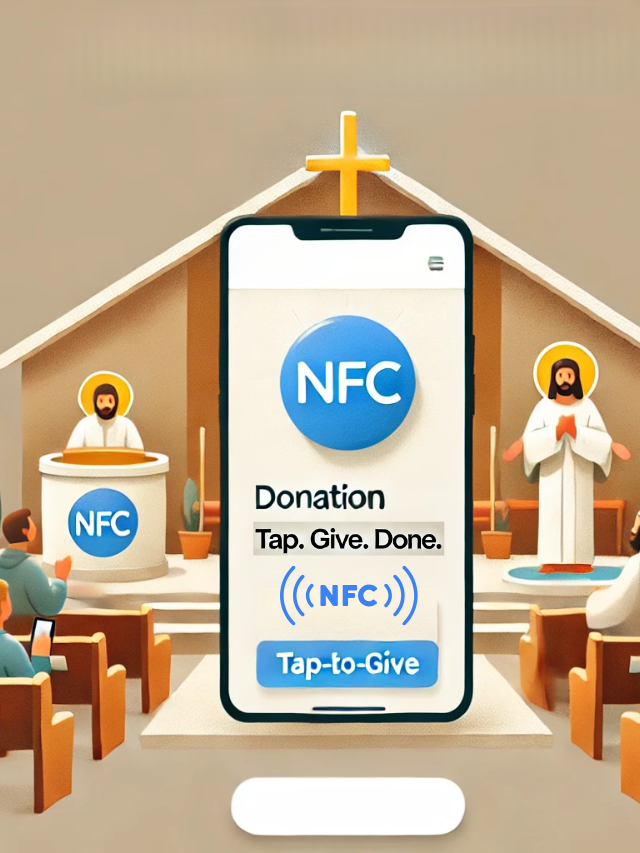Nonprofit fundraising is a process that takes time and energy. After planning and executing your fundraiser, now is the time to finally study and analyze the success rate of the same. The amount that has been raised is of course, the first and foremost thing that comes to mind when we say metrics, but there is so much more to it. Apart from the tactics that have been enabled using modern donor management software, GiveCentral brings to you five of the most used and informative metrics.
- Cost Per Dollar Raised
This is one of the most commonly referenced fundraising success metrics. The name of this metric speaks for itself and is quite simple to understand. When you determine cost per dollar raised, all you have to do is divide the expense by the revenue for the given fundraiser you’re examining. If you’re in a position where expense and revenue are equal, calculations are no longer required, as it means that you’ve broken even. But if the expense is higher than the revenue, you lose money and vice versa.
- Return On Investment
ROI is a popular financial term in the business world. Here, the revenue gets divided by expenses. Once that is done, a number greater than one indicates gain. This is a metric most adopted by nonprofits that have made strategic changes in order to increase revenue. The donations received may be through modern methods such as mobile giving or even text to give; this measurement is applicable to all sorts of funds.
- Donor Retention
The number of your acquired donors that actually continue to donate regularly speaks a lot about your nonprofit. This is a retention that stems from empathy, goodwill, and good communication; so keep a check on it and see if your retention methods need to be improved to achieve a lifetime value. Donor retention takes time, but it is worth it because these same donors become your word-of-mouth sources.
- Reactivation
The donors who come back matter as much as the donors who have been regular throughout. Re-engage with these donors and make sure that you thank them for coming back to you and your cause. Think of ways to retain their support, find their interests, and use your findings as inputs for your next nonprofit fundraising.
- Fundraising Participation Rate
As methods like crowdfunding and school fundraising continue to be widely used, tracking your fundraising participation rate has become more important to track than ever before. Using this performance indicator, nonprofits can track the number of event participants who raise funds. For instance, a participant at your craft market who paid an entry fee cannot be termed a fundraiser unless he/she gather pledges in addition to the entry fee. Identify such people and do not miss out on initiating direct communication with these human assets.
donor management software donor retention Fundraising for Nonprofits fundraising success Text to Give
Last modified: April 10, 2025






















